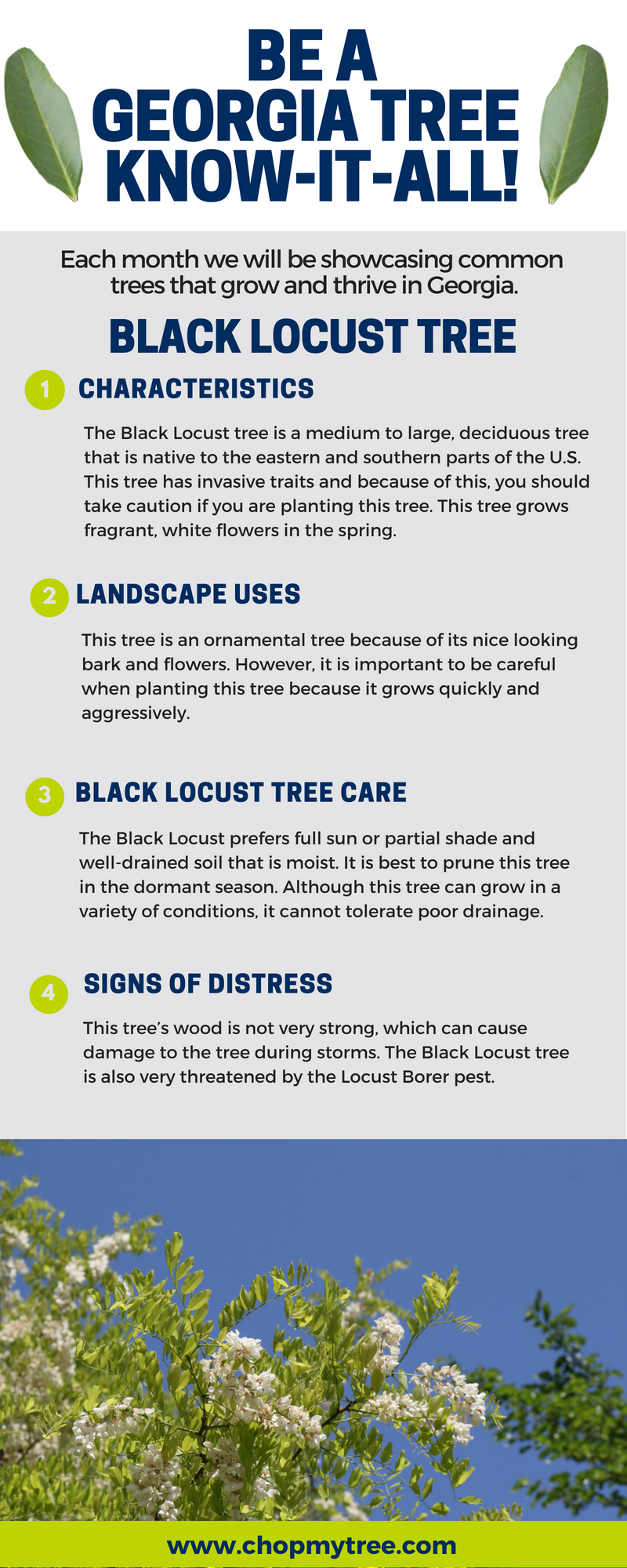Ideas That Suggest Tree Elimination: How To Spot Hazardous Trees
Ideas That Suggest Tree Elimination: How To Spot Hazardous Trees
Blog Article
Web Content Create By-Harper Skovsgaard
When it comes to tree care, identifying the indications that it's time for removal is important for your security and residential or commercial property. You may discover tarnished leaves, wilting branches, or odd fungal growths suggesting illness. https://drive.google.com/drive/folders/1oWxgBcDBMVu8MApElfFGEftGG3razvtW?usp=drive_open , like a considerable lean or fractures in the trunk, can also position risks. Comprehending these indication can help you make informed decisions concerning your trees and prevent possible dangers lurking in your yard. What should you try to find next?
Indicators of Decay and Disease
When you discover indications of degeneration and condition in your trees, it's critical to act quickly. Seek stained fallen leaves, wilting branches, or unusual growths like fungus. These can suggest that your tree is battling.
If you see fractures in the bark or soft, mushy timber, these symptoms recommend inner degeneration. In addition, a sudden boost in parasites around your tree can signify that it's compromised and at risk.
Check for any kind of dead or dying limbs, as they present a threat to your residential or commercial property and safety. If you doubt concerning what you see, speaking with an arborist can offer clarity.
Addressing these indications early can save you from much more considerable damages and ensure the health of your lawn. Do not wait till it's too late.
Structural Instability and Leaning
As you observe your trees, watch out for any type of signs of architectural instability or leaning. If a tree leans substantially, it might show that the origin system is compromised.
Look for any type of splits in the trunk or soil around the base; these can indicate prospective failure. Additionally, check for uncommon development patterns, like an unbalanced crown, which may suggest that the tree is having a hard time to hold itself upright.
If you see that the tree favors your home, power lines, or other frameworks, it positions a higher risk. Do not overlook these indications-- seek advice from an arborist to analyze the scenario.
Doing something about it early can protect against costly damage and ensure your safety and security.
Dead or Perishing Branches and Foliage
If you observe dead or passing away branches and vegetation on your tree, it's a clear sign that something's incorrect.
These unhealthy areas can indicate underlying concerns like illness, insect problems, or ecological stress. When branches lose their fallen leaves or turn brownish, they're no longer contributing to the tree's health and wellness. Ignoring these indicators can cause additional decline, making your tree extra dangerous.
Dead branches can conveniently break off during tornados, posturing a risk to home and individuals close by. It's critical to assess the degree of the damage.
If Recommended Web page of the tree, consider consulting an expert. They can help figure out if removal is necessary to guarantee security and maintain the appeal of your landscape.
Verdict
If you discover any indicators of decay, architectural instability, or dead branches on your trees, do not ignore them. These signs can pose significant safety and security dangers to you and your property. It's always best to seek advice from a professional arborist that can provide a specialist analysis of your trees. Acting early can avoid crashes and pricey damage, guaranteeing your landscape stays safe and healthy. Bear in mind, it's much better to be proactive about tree treatment than to await a calamity to happen.
